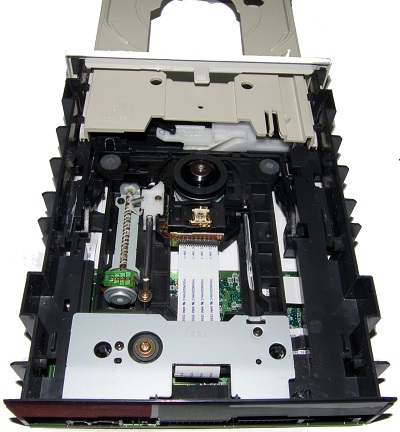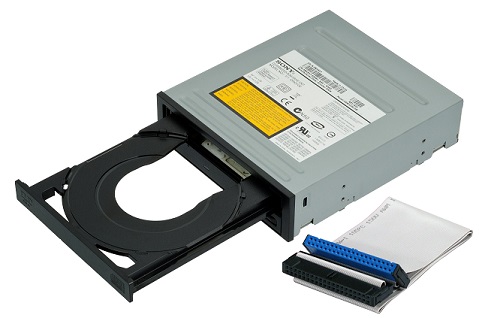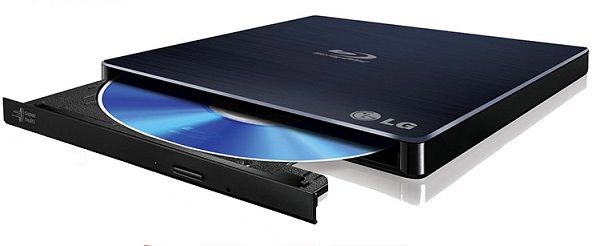Disc drive

Optical drives record and read, thanks to the laser beam. Two types of drive connections can be found, internally using SATA, EIDE or SCSI interfaces, or externally via USB and eSATA interfaces.
CD

CD drives that currently come out of use have a capacity of typically 700MB (80min). The CD read / write speed starts from 150kB / s.
DVD

DVDs, now a very popular data carrier, can have from 4.7GB in the case of a single-sided, single-layer disc, up to even 8.5GB when the disc is double-layered. The speed of writing / reading data from DVD media starts from 1350kB / s.
Blue-ray Disc

Blue-ray discs have a capacity of 25GB in the case of a single-layer carrier, the two-layer has a 50GB capacity. The write / read speed starts at 5234kB / s
How to count the speed of writing / reading
To calculate the speed of the drive, you need to check its speed and load it through the basic bandwidth, which for each model is:
CD - 150kB/s.
DVD - 1350kB/s.
BD - 5234kB/s.
Example:
For the x32 DVD drive, the read / write speed is 43200Kb / s.
Because 1350 X 32 = 43200.
CuR!05iTY
CDs / DVDs / B-Ds in the same way as hard disks have file systems that improve data writing / reading.
One of these systems is called "Joliet".
I wonder if anyone plans to design a "Romiet" system ;-)

